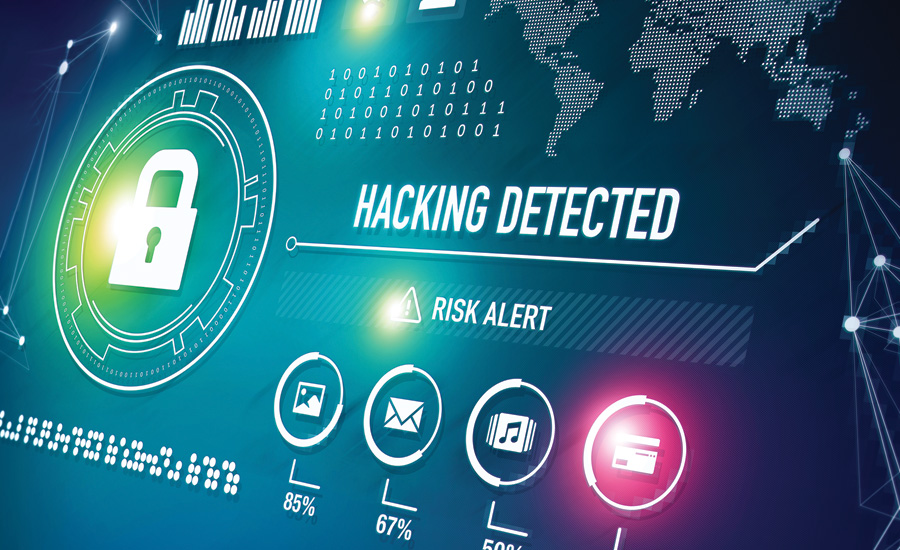Ensuring the security of your home devices and networks has become a top priority in today’s hyper-connected world. With cyber threats evolving constantly, the need for robust, multi-layered cybersecurity strategies cannot be overstated. This guide dives deep into eight effective ways to secure your digital fortress, offering practical insights to protect your personal information and devices.
1. Set Up a Firewall
A firewall acts as the first line of defense for your home network, monitoring and controlling both incoming and outgoing traffic. Think of it as a vigilant security guard standing at the gate of your digital world, protecting you from potential threats.
Benefits of a Firewall:
- Blocks unauthorized access.
- Shields devices from external threats.
- Establishes a secure barrier between your trusted internal network and unknown, external networks.
Pro Tip: Make sure your firewall is enabled on your router and that any connected devices also have their firewalls activated.
2. Install Antivirus and Anti-Malware Software
Antivirus and anti-malware software are like your digital immune system, working around the clock to detect and neutralize threats like viruses, ransomware, and spyware.
Best Practices:
- Always keep your software up-to-date to defend against the latest threats.
- Schedule regular scans to catch any hidden vulnerabilities.
- Choose software from reputable providers to ensure your security is in expert hands.
3. Use a Virtual Private Network (VPN)
A virtual private network (VPN) encrypts your internet connection, making it nearly impossible for hackers to intercept or steal your data. Think of a VPN as an invisibility cloak, protecting your online activity from prying eyes.
Advantages of a VPN:
- Secures your internet connection through encryption.
- Masks your IP address and location for added privacy.
- Protects sensitive data when using public Wi-Fi networks, such as at cafes or airports.
4. Keep Software and Systems Updated
Using outdated software and devices is akin to leaving your front door wide open for cybercriminals. Many attacks exploit vulnerabilities in older systems, so regular updates are crucial.
Update Checklist:
- Operating systems on computers, smartphones, and tablets.
- Software applications and programs.
- Firmware for routers and other networked devices.
- Security software for all devices.
Pro Tip: Enable automatic updates wherever possible to stay protected without lifting a finger.
5. Use Strong, Unique Passwords
Your passwords are the keys to your digital kingdom. The stronger they are, the harder it is for hackers to gain access to your accounts and devices.
Password Best Practices:
- Create a mix of uppercase and lowercase letters, numbers, and symbols.
- Avoid using easily guessable information, like your name or birthdate.
- Use a different password for each account to limit exposure.
- Consider using a password manager to securely store and generate complex passwords.
6. Enable Two-Factor Authentication (2FA)
Two-factor authentication adds an extra layer of security to your accounts. It’s like having both a lock and an alarm system for your digital assets.
How It Works:
- Enter your password to access your account.
- Provide a second form of verification, such as a fingerprint, a one-time code sent to your phone, or an authentication app.
Pro Tip: Wherever possible, enable 2FA on all accounts, including email, social media, and financial services.
7. Exercise Caution with Emails and Links
Phishing emails and suspicious links remain some of the most common entry points for cybercriminals. A little caution can go a long way in keeping your devices safe.
Safety Tips:
- Avoid clicking on links from unknown senders.
- Be wary of unexpected attachments, even from people you know.
- Verify sender email addresses for authenticity.
- When in doubt, contact the sender through a trusted method to confirm the email’s legitimacy.
8. Educate Yourself About Cybersecurity
Knowledge is power when it comes to staying ahead of cyber threats. Understanding the latest cybersecurity trends and best practices can help you safeguard your digital life.
Ways to Stay Updated:
- Follow cybersecurity blogs and subscribe to newsletters.
- Attend webinars and online courses to deepen your knowledge.
- Join forums and online communities to exchange tips and resources with like-minded individuals.
Why a Multi-Layered Approach Matters
Cybersecurity is not a singular solution—it’s a combination of defenses that work together to protect your home network and devices. A firewall keeps unauthorized access at bay, antivirus software catches malicious threats, and strong passwords and 2FA secure individual accounts. When these methods are combined, they create a digital environment that’s much harder for cybercriminals to penetrate.
Final Thoughts
Protecting your home devices doesn’t have to be overwhelming. By implementing these eight strategies, you’ll significantly reduce your chances of falling victim to cybercrime. Take proactive steps today to secure your digital world—it’s a small investment of time for long-term peace of mind.
For more tips, tutorials, and the latest trends in cybersecurity, subscribe to our newsletter and stay ahead of the game. Secure smarter, not harder!





